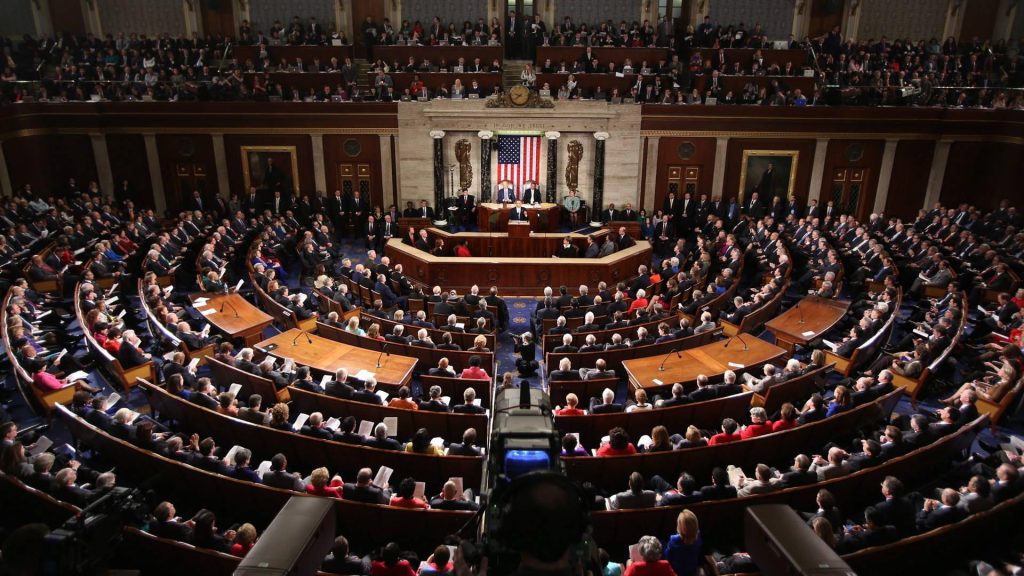According to a letter sent to congressional leaders on Friday, departing Treasury Secretary Janet Yellen stated that the Treasury Department will begin taking exceptional steps to enable the government to pay its debts on Tuesday, when the United States of America will reach its debt limit of about $36 trillion.
The notice was sent three days before President-elect Donald Trump takes office.
To prevent a first-ever default, which would probably trigger worldwide economic turmoil, lawmakers have a short window of time before they must take action. Reaching the cap increases pressure on congressional Republicans.
Yellen noted that the extraordinary actions, which are primarily accounting gimmicks, will last until March 14.
Despite their dominance on Capitol Hill, Republicans are still at odds about how to handle the debt ceiling.
Border security, energy, and tax cuts are among the main agenda items they hope to advance through Congress along party lines, perhaps in one or two packages.
A government spending bill for fiscal year 2025, which started on October 1, is also still pending passage by MPs. (The deadline for a temporary spending measure is March 14.)
Although there has been a bipartisan effort in recent years to address the debt ceiling, one of these packages may contain a bill to raise or suspend it.
Speaker of the House Mike Johnson is already encountering opposition from some of his more conservative colleagues, who prefer to reduce rather than grow the debt.

Finding a compromise will be considerably more challenging for him because of his extremely narrow majority, and he might require Democratic cooperation to pass an increase to the limit.
Party divisions have already been exposed to the problem. Trump insisted in December that lawmakers include the cap in a short-term spending package.
A sizable portion of Republicans opposed the GOP-led measure, which called for extending the cap until January 2027 but ultimately failed.
In December, House Republican leaders proposed a $1.5 trillion debt ceiling increase as part of a 2025 first reconciliation package. To appease conservative members, the bill would also include $2.5 trillion in net required expenditure cutbacks.
However, experts warned that the caucus would only have a short window of time before they were subject to the cap once more.
The bipartisan Fiscal Responsibility Act, which Congress passed in June 2023 following months of heated discussion between the GOP-led House and Democrats who controlled the Senate and White House, included a suspension of the debt ceiling until January 2. The cap was $31.4 trillion at the time.
In an odd technicality, Yellen informed Congress in late December that the US didn’t technically reach the ceiling on January 2 because the scheduled redemption of some assets was expected to cause the debt level to drop that day.
She projected that the cap would be reached between January 14 and January 23 at the time.


